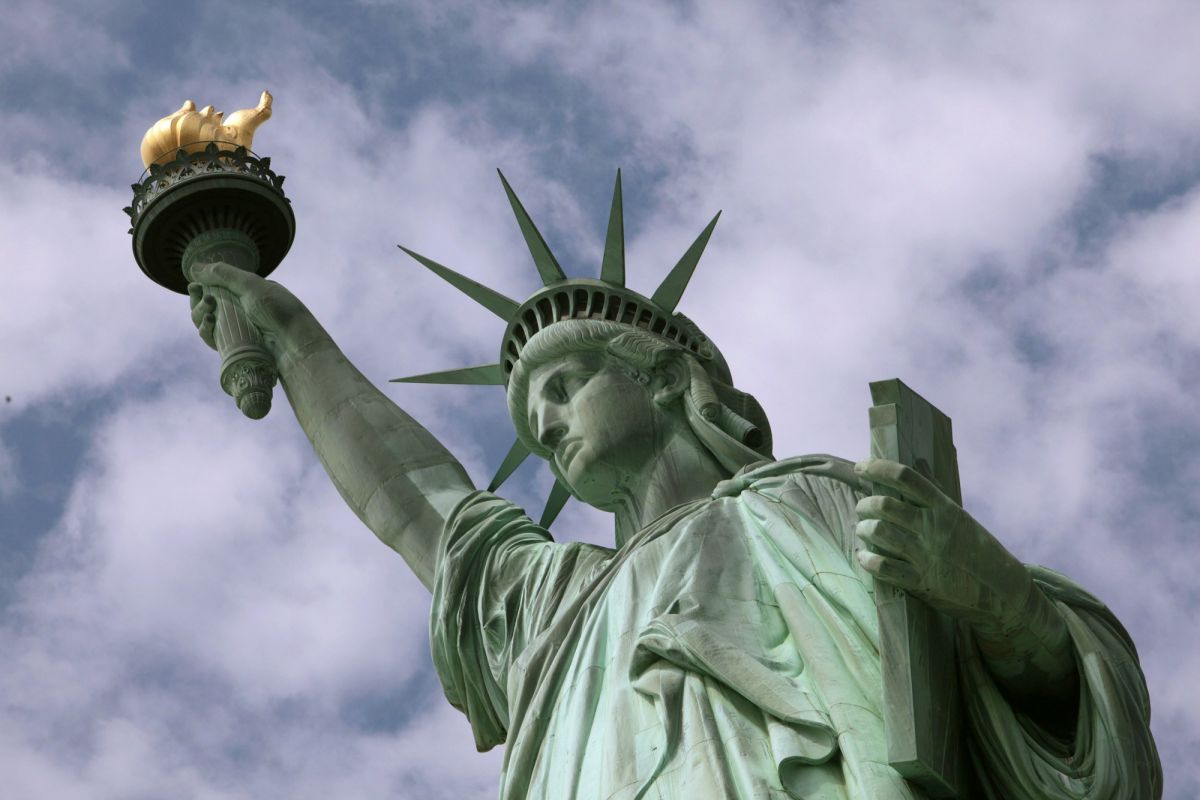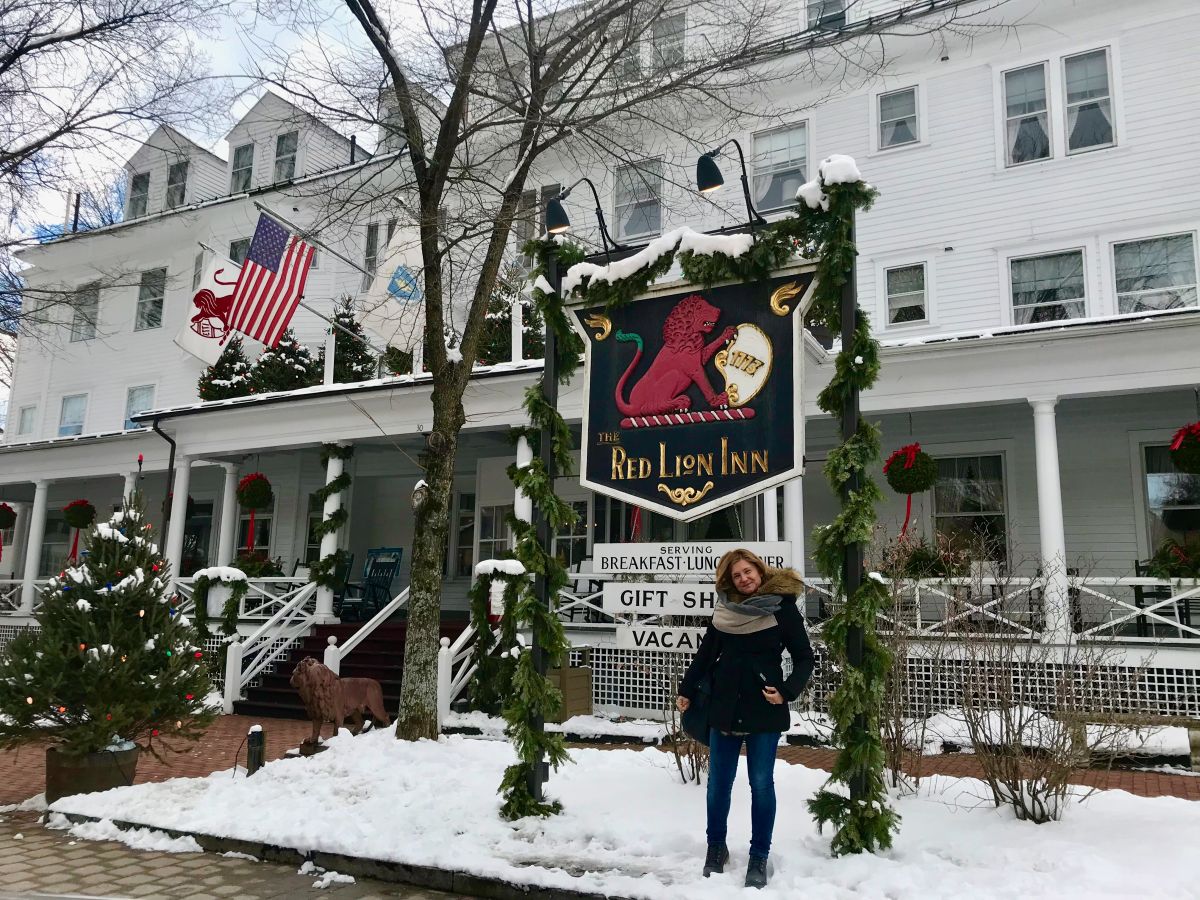


In Italian
When we think about a journey to the USA of the Civil Rights unavoidably we “fly” to the South of the States.
Through Georgia, Alabama, Mississippi and Louisiana to go over the most famous stages and events linked to the action of the Civil Rights’ leader par excellence: Martin Luther King.
However, not many people know that the 1960s Civil Rights Movement – the official name – was a spread social and political movement which saw engaged (often at the expense of their own life) more charismatic Afro-American important people in their fight against discrimination and racial segregation.
Simple men become through their actions not only symbols of hope in one of the darkest and difficult periods of the United States of America, but also examples of courage and moral strength for the following generations.
This time I want to take you virtually with me into a bit more unusual journey to the USA of the Civil Rights, in the state of Mississippi, to tell you about the story and show you the locations – real and the movie fiction – tied to Medgar Evers’ figure.
Medgar Evers was one among the most active and resolute activists of the Civil Rights Movement in Mississippi.
Born in Decatur in 1925, after the high school he joined voluntarily the army and as a simple soldier he left towards Europe during the Second World War.
He was protagonist of many sabotage actions to the German people detriment, distinguishing himself on the battlefield for his courage and sense of duty, taking his leave at the end of the war with citations and recognitions and coming back to his homeland with the rank of Sergeant (it was unimaginable until that moment for a colored man of the South).
Once at home he resumed the university education, he graduated and in 1951 he married the beloved Myrlie Beasley.
Moved to Mound Bayou, in Mississippi, Medgar Evers – since ever sensitive to the problems raised by the Civil Rights Movement – entered the RCNL, the Regional Council of Negro Leadership, becoming soon one among the organization’s leaders, committed in the no-violent protest and in the fight by the exclusive use of legitimate means against the racial segregation in the schools, in the venues and in the public buildings.
The experience had during the war allowed him to organize brilliantly several boycott actions of the public activities – restaurants, stores, movie theaters, gas pumps – which didn’t allow the Afro-Americans to enter. And to work by a constructive way for the abolition of the racial segregation in the public schools – got through a decree of the USA Supreme Court in 1954 – and for the admission in 1962 of James Meredith at the Mississippi University, first colored student attending the university.
All these successes made Medgar Evers an easy target for the Ku Klux Klan and many racial fanatics of Mississippi. After some failed attempts, on June 12th 1963 he was assassinated by a gun shot at the back while he was coming home to Jackson. He died in his wife’s arms neighbored by his children.
Immediately his murderer was identified as Byron De La Beckwith, an anonymous fertilizers trader, member of the Ku Klux Klan, but it took even 3 processes, about 30 years, his wife Myrlie’s determination and the tenancy of a young progressive district attorney in a Mississippi still tied to the legacies of its past, to make him declared guilty on February 5th 1994 and make him spend in prison the last years of his life.
One among the most moving moments of my journey to the USA of the Civil Rights was the tour of the Smith Robertson Museum in Jackson, Mississippi.
The first public school in Mississippi for black children where also the writer Richard Wright studied, today become a museum and a cultural center where to study, learn and understand through interactive rooms and vintage relics the painful Afro-American deeds: the arrival in chains from Africa, the exploitation in the plantations as far as the fight for the Civil Rights.
And it’s right in this place, thanks to the words and the tales of its female director Pamela Junior, that I had the chance to learn – in the rooms dedicated to him – the story and the vicissitudes tied to Medgar Evers.
His house in Jackson at 2332, Margaret Walker Alexander Drive – that one where he was assassinated – today is a National Historic Landmark, the Medgar Evers Home Museum.
It’s possible to book a guided tour and listen to his story through his life places an his wife Myrlie’s memories.
A very beautiful – and unfortunately less known in Italy – 1996 movie by Ron Reiner with Alec Baldwin and Whoopi Goldberg, nominated for two Oscars and for the Golden Globe in 1997.
The movie faithfully deals with the assassination of Medgar Evers and the facts following it – in their tragic and illogical reality – in a temporal arc from 1963 when Evers died until 1994 when his murderer Byron De La Beckwith was definitively convicted, played with a masterly kill by James Woods, then nominated for the Oscar as Best Supporting Actor.
A good part of the scenes were shot in Jackson, the capital of Mississippi.
The town – unchanged over time in many of its historic neighborhoods, where many symbol-places of the Civil Rights Movement are preserved – was used as the set of several movies in the 1960s, like for example “The Help”.
One of the most suggestive scenes of the movie where the district attorney Bobby Delaughter meet a key witness in an abandon plantation was shot in one of the most suggestive and spectacular places of the state, near Port Gibson.
It’s the Windsor Plantation, today called Windsor Ruins due to its precarious state of preservation because of a devastating fire occurred in the late 1800s.